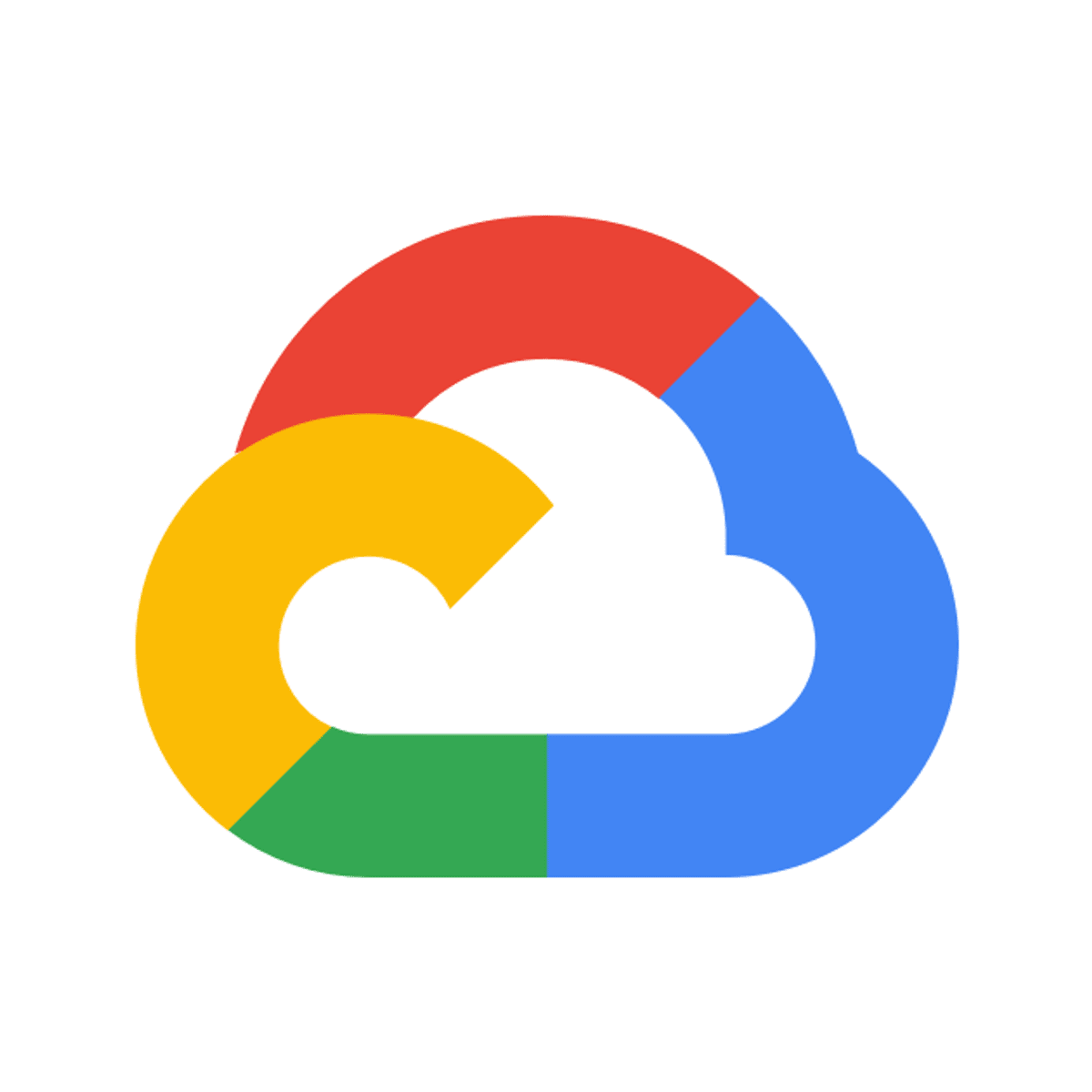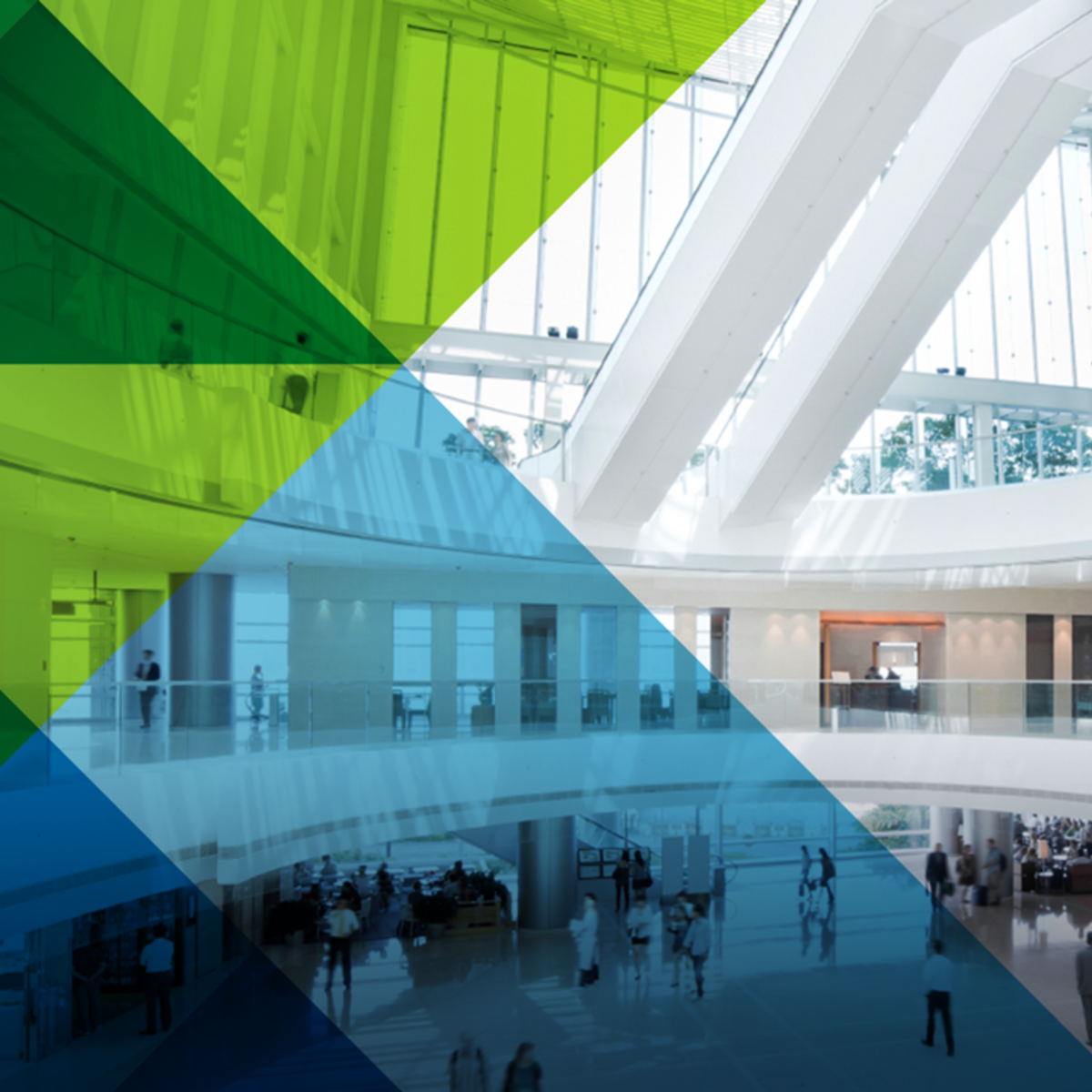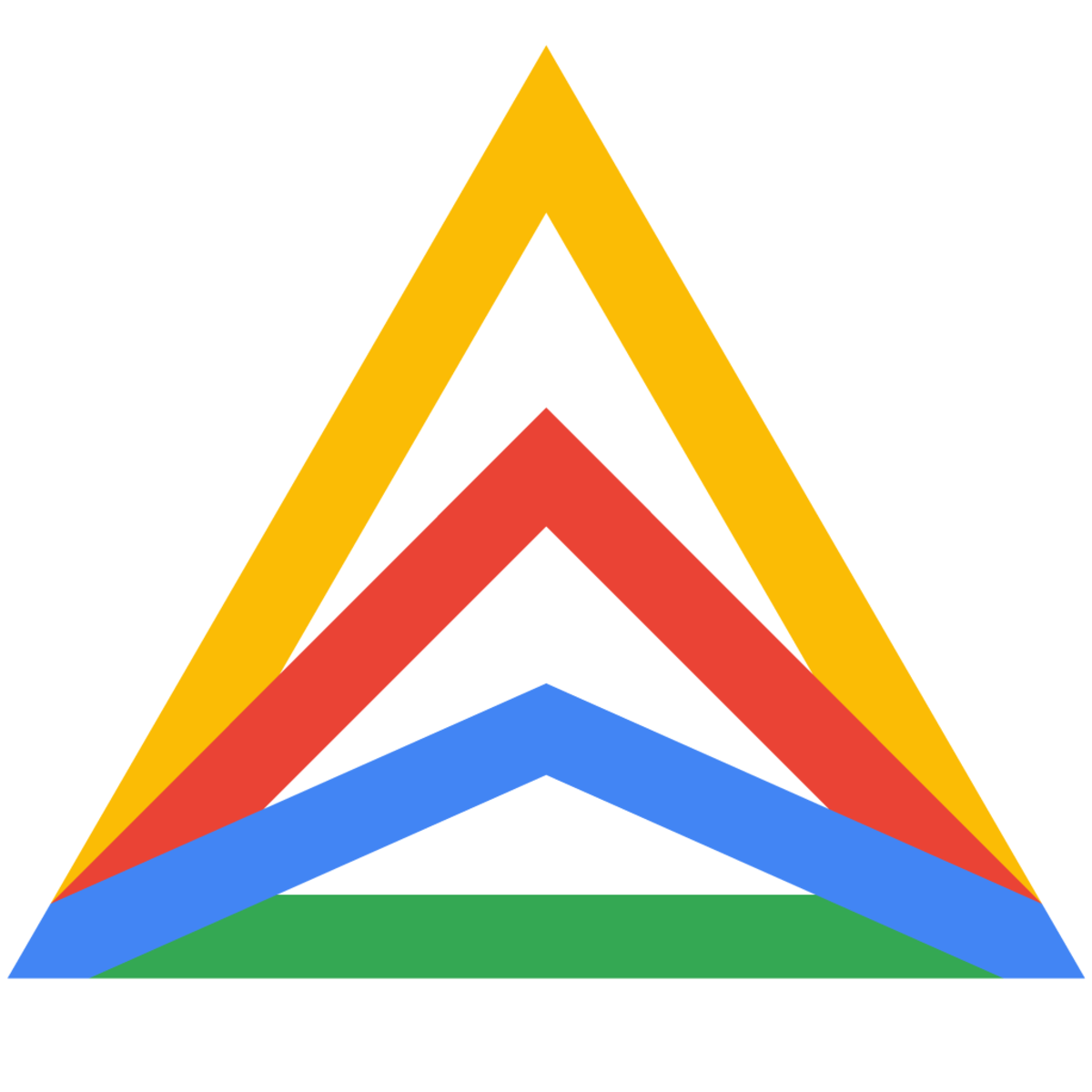Back to Courses









Networking Courses - Page 11
Showing results 101-110 of 135

Using BigQuery Omni with AWS
This is a self-paced lab that takes place in the Google Cloud console. In this lab, you will run BigQuery analytics on data stored in AWS S3 using BigQuery Omni.

Google Calendar: Getting Started
This is a Google Cloud Self-Paced Lab. Learn how to use Google Calendar to schedule meetings and events and get reminders about upcoming activities. You can also share your schedule with others and create multiple calendars that you and your team can use together. You can complete this lab in 10-15 minutes or use the extra time to explore Google Calendar.

Cloud Logging on Kubernetes Engine
This is a self-paced lab that takes place in the Google Cloud console. In this lab you will deploy a sample application to Kubernetes Engine that forwards log events to Cloud Logging.

Entity and Sentiment Analysis with the Natural Language API
This is a self-paced lab that takes place in the Google Cloud console.
The Cloud Natural Language API lets you extract entities, and perform sentiment and syntactic analysis on a block of text. In this hands-on lab you’ll learn how to extract entities and sentiment from text using the Cloud Natural Language API.

Networking in Google Cloud: Defining and Implementing Networks 日本語版
Google Cloud のさまざまなネットワーキング オプションについて学習します。このコースでは、講義、デモ、ハンズオンラボを通して、Virtual Private Cloud(VPC)ネットワーク、サブネット、ファイアウォールのほか、ネットワーク間の相互接続、負荷分散、Cloud DNS、Cloud CDN、Cloud NAT など、Google Cloud のさまざまなネットワーク テクノロジーを学び、実際にデプロイします。また、一般的なネットワーク設計パターンと、Cloud Deployment Manager または Terraform による自動デプロイについても学習します。

Science Communication: Communicating Trustworthy Information in the Digital World
In a world of information overload, how does one find reliable information? Science is supposed to be the answer to our society's complicated challenges. However, as the Covid-19 pandemic highlighted, not understanding what is fake news, misinformation or what is fact may lead to widespread public mistrust, or turn science into fuel for conspiracy theories or propaganda. Scientific findings are prone to change, making it difficult to effectively communicate them to the public. This fosters broad public skepticism towards major institutions, from the government to media to science. So, how can we communicate science effectively? And how can we rebuild trust in science? As a result, it is critical that we reconsider our science communication practices to recover public trust.
This course offers a current overview of science communication. We cover a wide range of topics like fake news, mis- or disinformation, but also how to combat these practices. We explore how major stakeholders (scientists, policymakers, science communicators and citizens) can work together to improve science communication. And we tackle how people and organizations can earn and maintain public trust via effective science communication. We recommend this course to scientists, journalists, policymakers or any learners interested in science communication.
More information can be found at www.trescaproject.eu (This project has received funding from the European Union’s Horizon 2020 Research and Innovation Programme under Grant Agreement No 872855.)

Networking and Security Architecture with VMware NSX
This 8 week online course equips learners with the basics of network virtualization with VMware NSX.
To get the most of this course, you should have familiarity with generic IT concepts of routing, switching, firewalling, disaster recovery, business continuity, cloud and security.
At the end of the course, you will be able to:
• Understand network virtualization basics
• Describe NSX business value and use cases
• Explain how NSX is different from traditional networking
• Summarize networking and security solution architecture with VMware NSX around these key areas:
+ Micro-segmentation
+ Automation with OpenStack
+ Automation with VMware vRealize Automation
+ Disaster Recovery and Business Continuity
+ Operational Transformation
• Demonstrate understanding through hands-on experience
• Develop a learning plan for network virtualization certification
If you are new to network virtualization, download our Network Virtualization for Dummies guide.
http://learn.vmware.com/36350_NSX_ITAutomation_Reg?src=af_5acfd24cebb90&cid=70134000001YR9b
All Hands on Labs referenced in this course are OPTIONAL and available for FREE. Direct links to free labs can be found on the Resources Tab or you can access our full library at https://labs.hol.vmware.com/HOL/catalogs/catalog/877

Become a CBRS Certified Professional Installer by Google
This six-module program, developed by Google, will train you to be a Certificated Professional Installer (CPI) of radios which utilize the Citizens Broadband Radio Service (CBRS) band to provide communications infrastructure. You can expect to leave this training with the skills you need to get started as a Certified Professional Installer.
Through a mix of video lectures, step-by-step explanations, and quizzes, the program will introduce you to CBRS terminology and concepts, the role of a CPI, and how to fulfill your responsibilities to determine installation parameters, provide information to the Spectrum Access System (SAS), and troubleshoot. Upon completing the course and passing the online certification exam, you will receive your CPI credentials and your information will be automatically registered with WinnForum.
If you want to learn about CBRS in general, but don’t need to be certified, check out our CBRS Professional Training course <coursera.org/learn/google-cbrs-professional-training>.
Hybrid Cloud Multi-Cluster with Anthos
This on-demand course equips students to understand, configure, and maintain multi-cluster Kubernetes infrastructures using Anthos GKE and Istio-based service mesh, whether deployed with Anthos on Google Cloud or with Anthos deployed on VMware.

Palo Alto Networks VM-Series Advanced Threat Detection
This lab illustrates a VM-Series in IDS (Intrusion Detection System) mode using the Google Cloud Packet Mirroring solution.
Popular Internships and Jobs by Categories
Find Jobs & Internships
Browse
© 2024 BoostGrad | All rights reserved